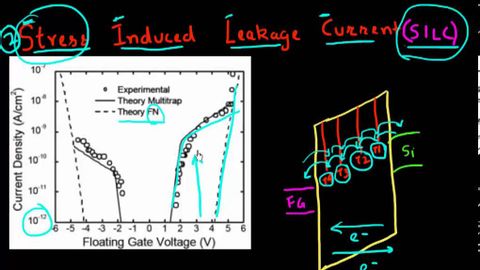
字幕と単語
MLC NANDフラッシュ:より少ない量でより多くを:トレードオフ (MLC NAND Flash: More with less: tradeoff)
00
陳震寰 が 2021 年 01 月 14 日 に投稿保存
動画の中の単語
trap
US /træp/
・
UK /træp/
- n. (c.)罠;一頭馬でひかれる馬車;トラップ;口;抜けられない状況
- v.t.罠にかける;人が動けないようにする;逃れないようにする;騙す;(抜き差しならぬ状態に)追い込む
A2 初級
もっと見る エネルギーを使用
すべての単語を解除
発音・解説・フィルター機能を解除
